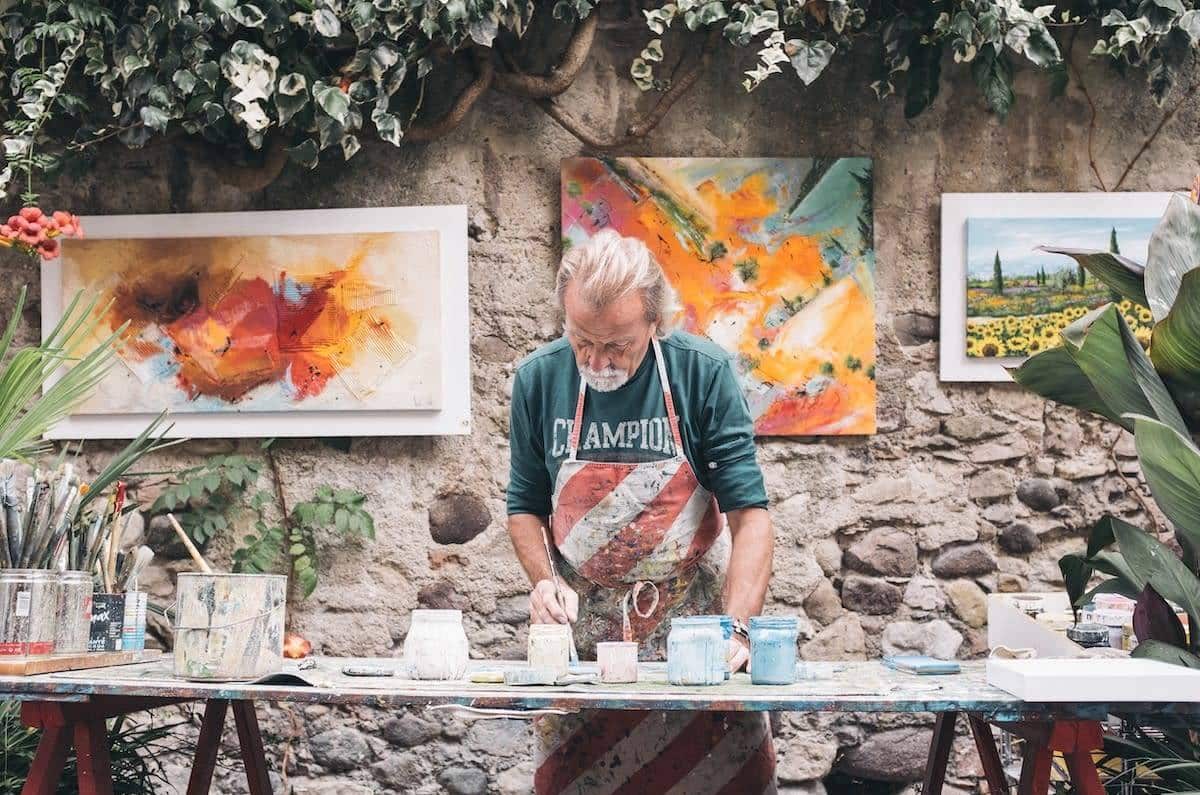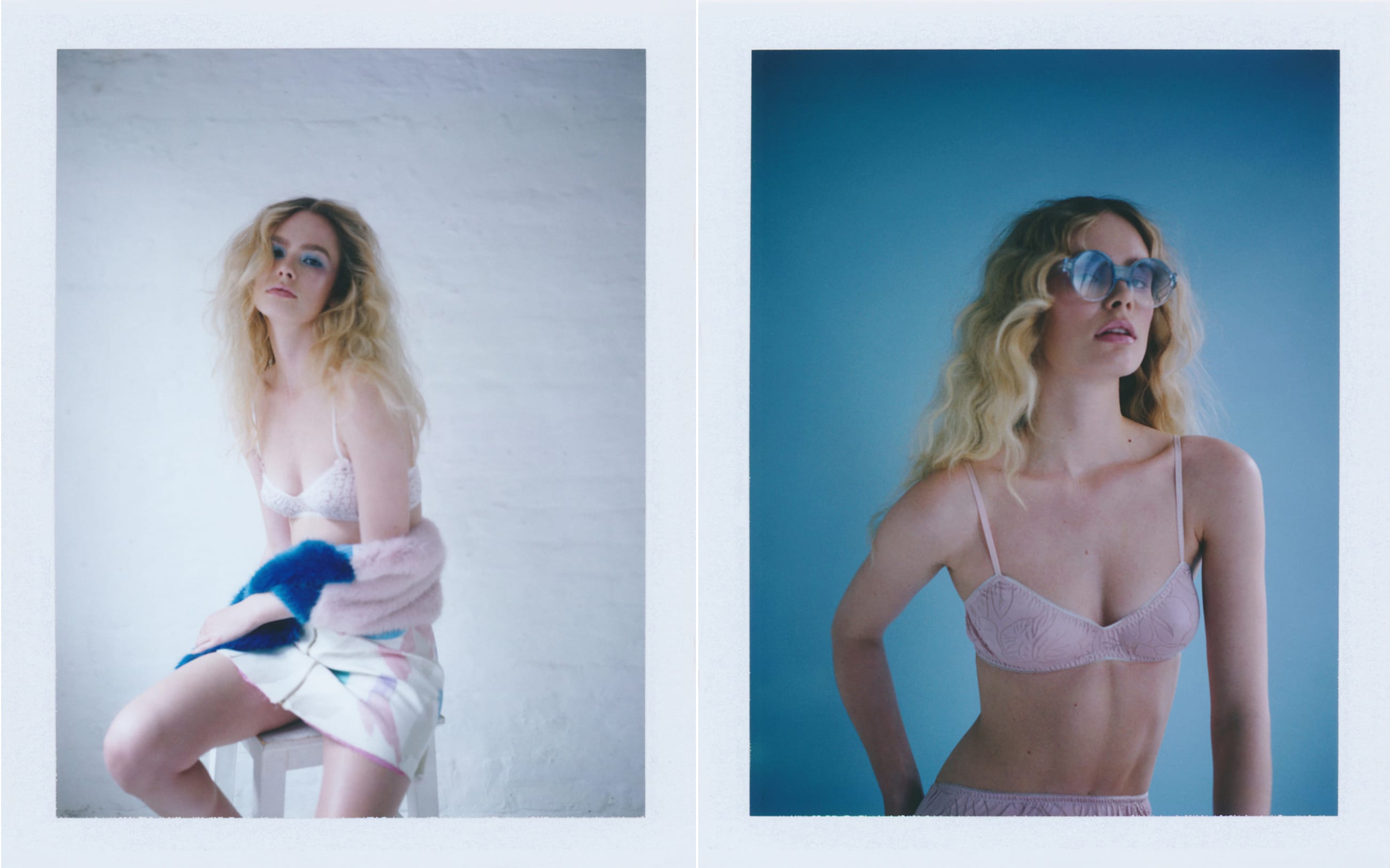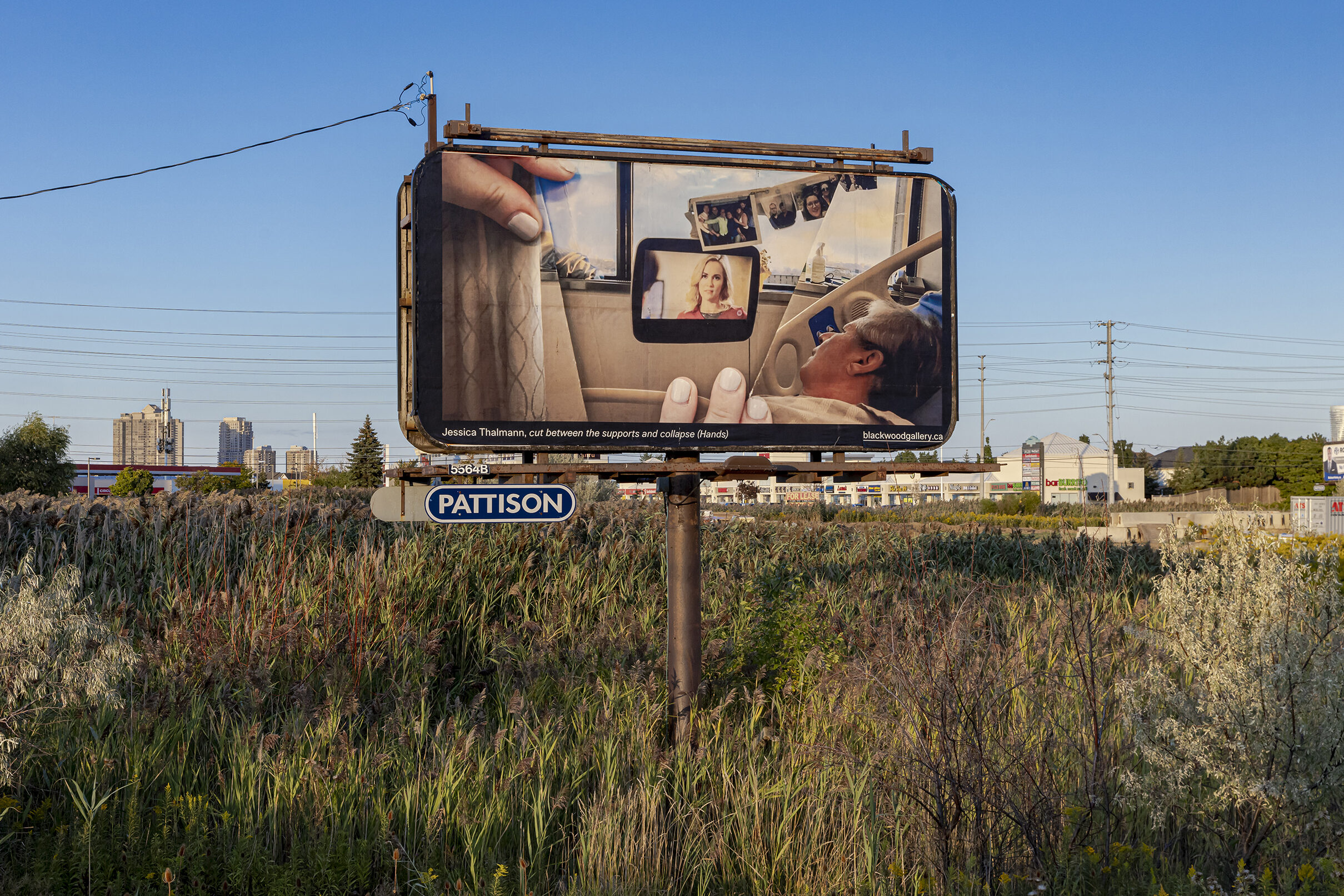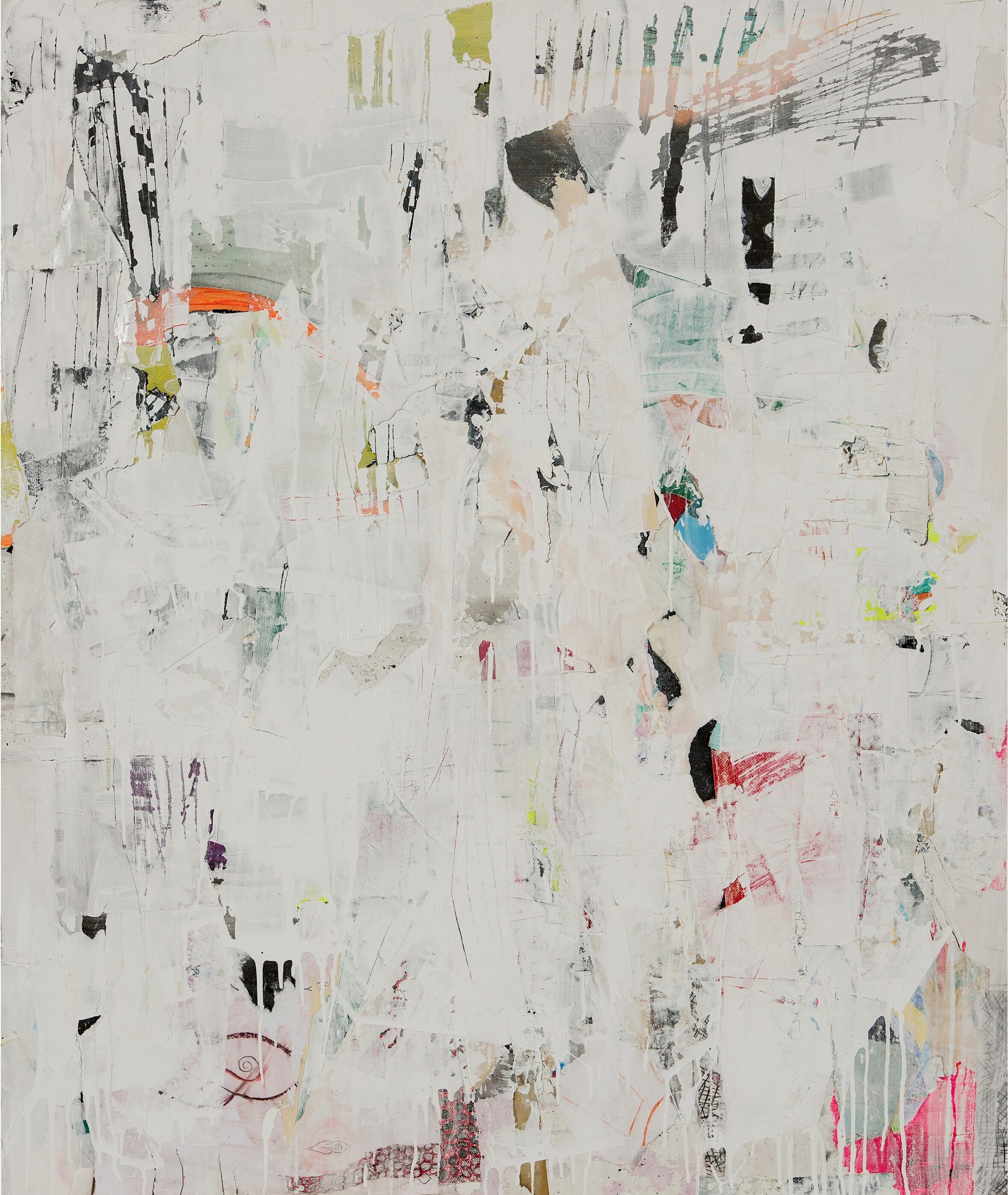The internet is a great tool for showcasing your work as an artist and reaching potential buyers across the world. However, as your audience grows, you and your work are at a higher risk of copyright infringement. That’s why you need to know how to copyright artwork so that other people can’t take credit for and profit from what you’ve created. When you copyright your art, you can protect all of the amazing pieces in your online art portfolio, so you won’t have to spend valuable time and money on future lawsuits or legal issues. And this allows you to spend more time on what you love doing: making art and improving that portfolio!
So, you’re probably wondering, how do I copyright my artwork? Our simple guide will break down everything that’s involved in copyrighting art.
What is Copyright Infringement?
Before we get to the details, let’s go over how copyright infringement can affect your artistic business. There are many ways that someone can infringe on your intellectual property, ranging from relatively harmless to outright theft. For example, copyright infringement covers everything from someone sharing your work online without including your name to a big company mass-producing an image that you created without your consent. It’s definitely not fair, but artists have work stolen all too often these days, and they have to spend time, energy, and funds just to get what’s rightfully theirs.
How to Copyright Art
Technically, before you do anything to copyright your art, when you create a tangible artwork it is already considered your intellectual property. This means that you retain all the rights to your work, so no one else is allowed to reproduce, share, publish, or profit from the art without your consent. However, just because legally the work belongs to you, that doesn’t mean there aren’t still a ton of good reasons to copyright your art. When it comes to legal issues surrounding copyright, you need as much information as possible to prove that the work in question does in fact belong to you. Let’s go over how to protect your artwork (and yourself) from legal woes when you copyright artwork.
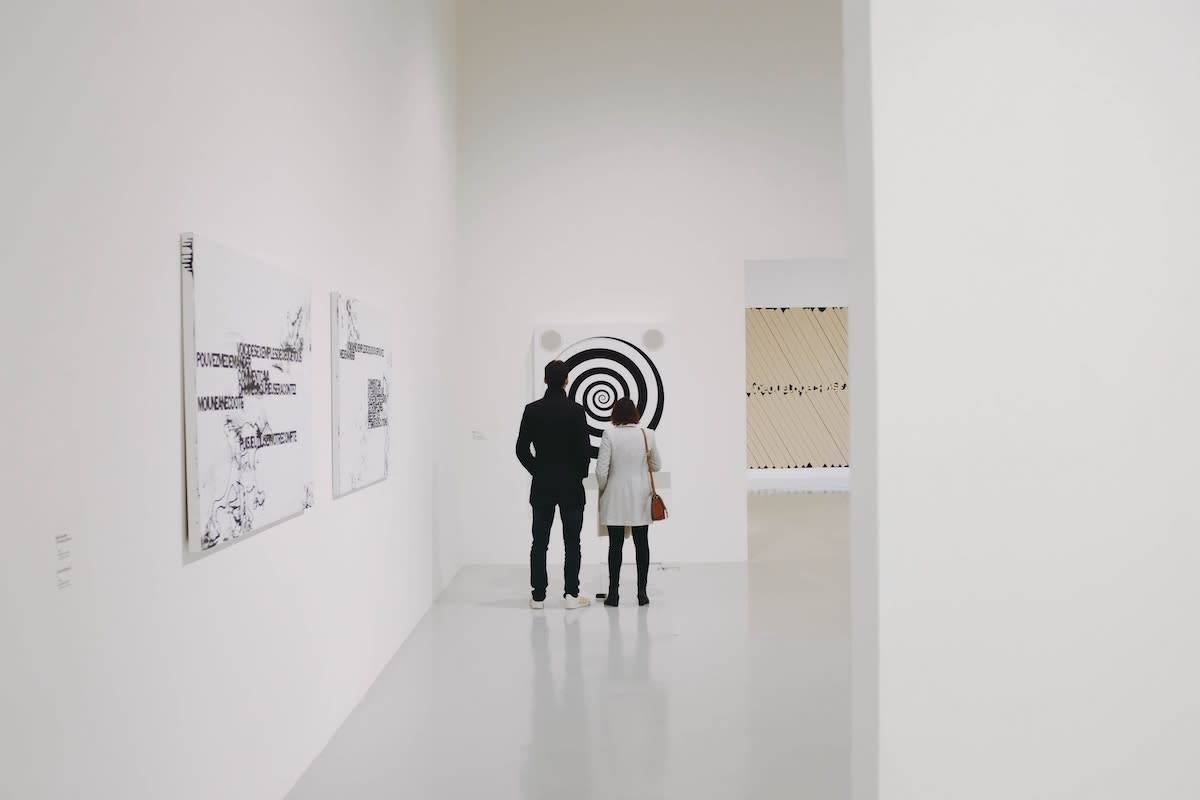
Sign Your Name
If you work in traditional mediums, you need to know how to copyright a drawing or painting. You’re probably already doing this, but one super-important way to copyright your art and mark it as your own is by signing your finished artwork. To prevent people from stealing the images of your work posted in your online portfolio, you should probably be signing the front of your work as well as the back, so that shared images will still have that information on them, even if you haven’t been credited. The more information you include with or on your artwork, the easier it is to determine ownership should you need to prove that your artwork has been used without your consent.
Register Your Artwork
In the US, you can copyright artwork by registering it through the Library of Congress Copyright Office. Registering your art not only creates proof of ownership, but it also entitles you to ask for more money if you need to sue for copyright infringement, since you’ve had to put in the effort and money to get your work properly registered. Luckily, it’s easy to copyright your artwork using the Copyright Office’s online registration process.
The average processing time for copyright claims is seven months, but in certain situations they can take up to 15 months, so make sure to factor that potential wait time into your schedule.
Once your claim has been examined by the registrar’s office, you will receive an official certificate of registration, which will also be publicly available online. If you’re located outside of the US, make sure to check your specific location’s copyright laws before you copyright your art to make sure all your bases are covered.
Maintain Digital Records
If someone is attempting to pass your creation off as their own, keeping extensive, detailed digital records and photographs of the artwork in question will be a huge help in proving ownership. Digital documentation is great too because it will often contain relevant metadata which can prove exactly when the photograph or document was created, which can be key in proving who created the image in question first. Make sure you’re using high-quality photographs to accurately capture the artwork.

How Much Does It Cost to Copyright Art?
As an artist, you’re probably keen to save as much money as possible, so you may be wondering how to copyright artwork for free. Unfortunately, using the US Library of Congress’s Copyright Office does require a filing fee. The standard filing fee for copyrighting art is $55, but if you’re registering only one work as the sole author and claimant, it will cost only $35. You must file individual claims for each artwork you wish to copyright. Remember, the moment you create a work of art, the copyright belongs to you. But, for additional proof in case of legal issues, you will need to dish out a little cash in order to copyright your art. There may be some tools available out there that can help you if you want to learn how to copyright artwork for free, but these should be seen as temporary solutions rather than a replacement for the US Copyright Office, which is the only official copyright registrar for US citizens.
Should You Copyright Your Art?
Here’s the thing: you know how to copyright a painting, but you also might be wondering if it’s worth it to copyright artwork, since copyrights won’t save you from the time and money you’ll need to spend in court if someone does infringe on your intellectual property.
But first, there are some other elements to consider before you make a final decision on whether or not you should copyright your art. If the art you make is highly conceptual, abstract, or difficult to reproduce, it isn’t as likely that some multibillion dollar company is going to swoop in and replicate your design. However, if you’re creating work with mass appeal that could conceivably be duplicated in a variety of ways, it’s going to be extra-important for you to copyright your art and designs.
How to Protect Your Artwork
While copyrighting artwork is an important step in demonstrating legal ownership of your creations, there are other ways you can help prevent against your intellectual property being stolen and passed off as someone else’s. Of course, you want to showcase your best work in your online portfolio, but you also want to protect yourself and your images. Here are some simple ideas for keeping your hard work safe.
Don’t Allow Downloads
Depending on what website builder you use for your online portfolio website, there will be different ways that you can go about making sure your photos cannot be easily downloaded. For example, some website hosts allow you to simply check a box, while others might require a plugin or your own coding to prevent right-click downloads. Admittedly, there will be ways to get around either of these methods, but the majority of people will likely give up when they reach this first barrier.
Don’t Use High-Quality Images
In order to have a powerful online portfolio that stands out from the crowd, you don’t want any fuzzy, grainy, low quality images bringing down your work. However, low-resolution images are less likely to be stolen. It’s a fine line to walk, but you might be better off using photos with a resolution that doesn’t appear blurry, but isn’t so high-resolution that it can be downloaded and replicated too easily. Just make sure that when you save the web version of your images, you’re keeping those high-resolution photos separate: once you change the size of a photo, you can’t get the quality of the original file back.
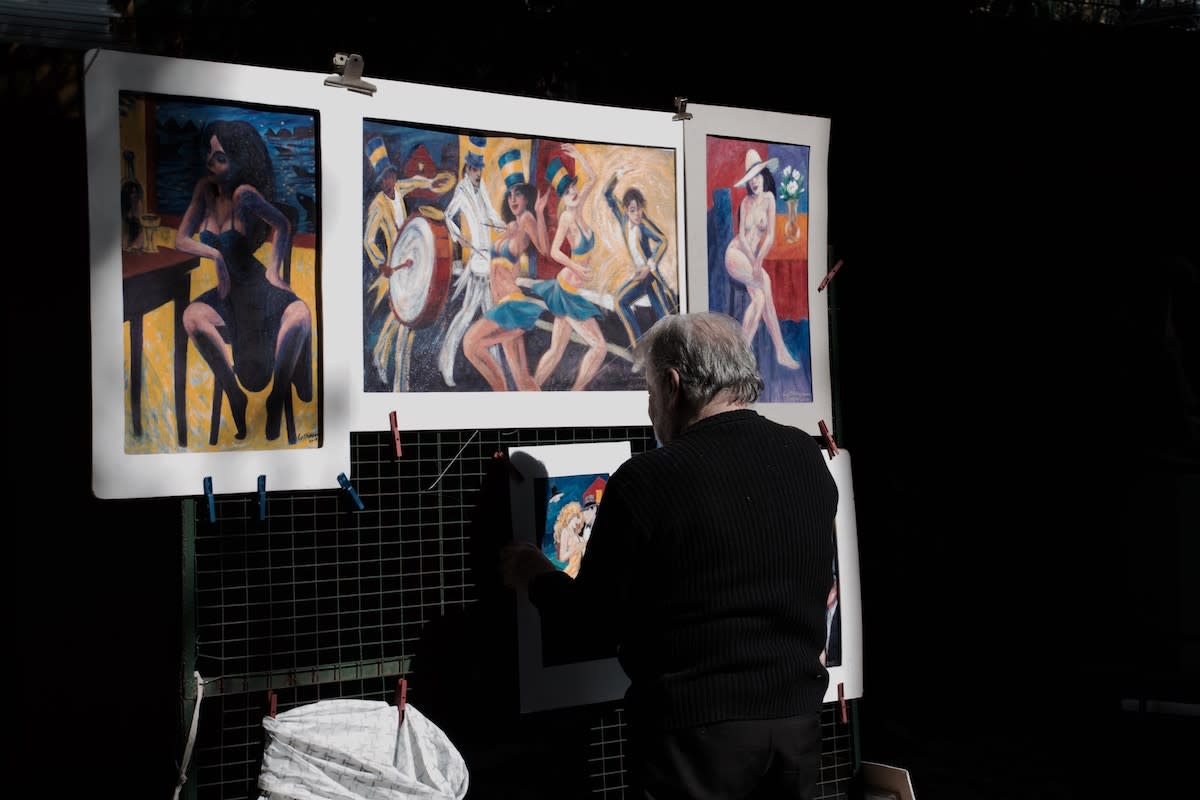
Include Copyright Symbols
Sometimes, even the presence of a simple copyright symbol next to your artwork can deter would-be intellectual property thieves from saving your images and passing your work off as their own. Even if you haven’t yet copyrighted your art, throw one of those symbols up in the descriptions of every artwork you post on your online portfolio just to add that extra layer of security. Make sure to choose a website builder with customizable templates and flexible typography so that all your copyright fine print will look its best.
Add Watermarks to Your Images
Even with all the above security in place, if someone still goes to the trouble of finding a way to download your images, watermarks will ensure that they are not able to pass the work off as their own. A watermark is a layer on top of your image that credits you as the artist and acknowledges that you own the copyrighted artwork. Generally, a watermark will include the name of the copyright owner, along with the copyright symbol (©) and the year the work was completed. This information can be placed in a corner of the photo so it doesn’t interfere with the work; however, make sure that your watermark cannot be easily cropped out of the image.
Consider using a translucent watermark so that the artwork underneath can still be seen clearly but cannot be separated from the ownership information in the event of your work being downloaded or shared without consent. Plus, if your work is clearly watermarked, no one can make the claim that they didn’t know that the artwork had a copyright, which is yet another element in your favor if legal proceedings are required.
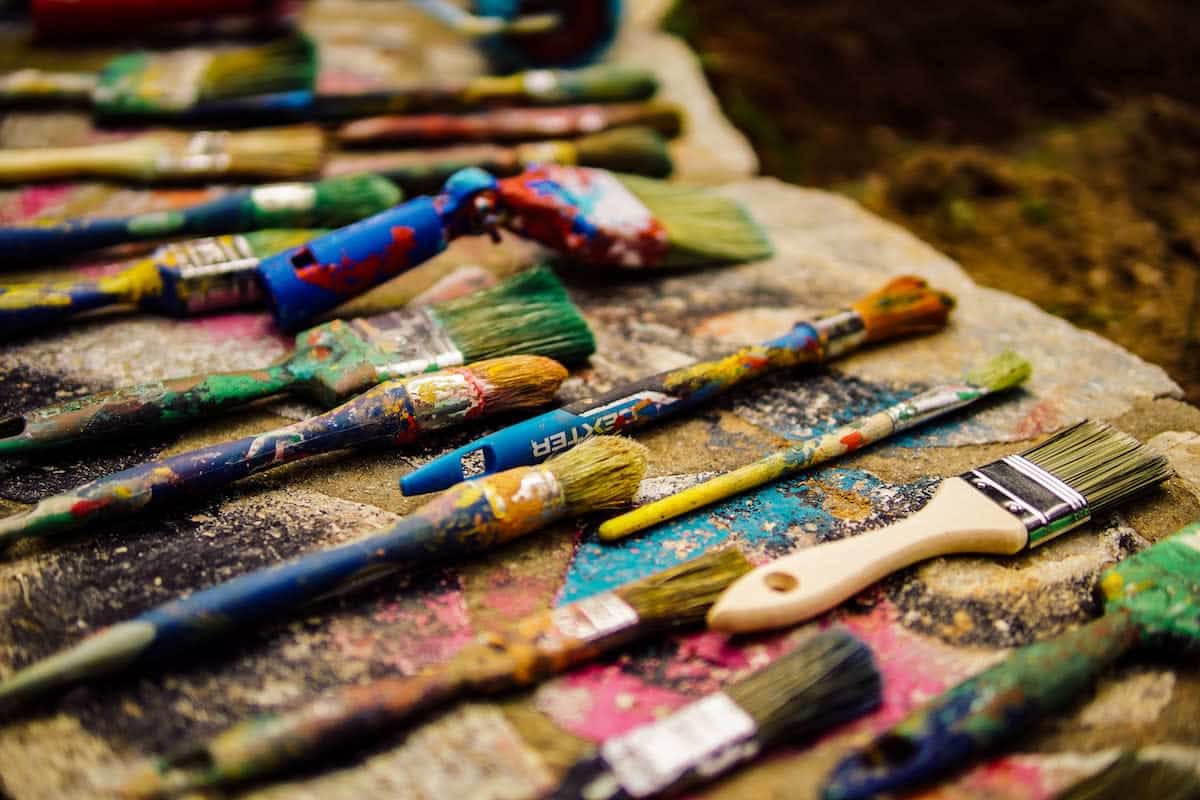
How to Copyright Your Artwork on Social Media
When it comes to sharing your artwork on social media, things get even more complicated. Once you post an image on social media, even with privacy settings, you have no way of tracking who has seen that image or if anyone has saved it. There is also legal uncertainty around who owns an image once it is shared on social media, so make sure you carefully read the Terms and Conditions of each website you publish your work on in order to know where you stand in case your work is shared without credit. If you go ahead and copyright your art using the US Copyright Office’s online system, though, your work will be legally protected in spite of the grey area around who owns the images posted to social media.
What Next?
Now that you’ve got a detailed understanding of how to copyright your artwork, you can put a system in place and get back to focusing on what matters most: creating beautiful work for your online portfolio. Don’t have one yet? Choose a website builder that allows you to quickly and easily create a high-quality portfolio that showcases your very best work. Make sure it has premium templates that match your artistic style, and a built-in online store, so collectors can purchase your work with just a few quick clicks. Another good thing to keep an eye out for? A free trial; this way, you can ensure the online portfolio is a fit for you before you make a commitment.
With the legal side of your business covered, you have all the time in the world to make that art portfolio as stunning as possible. Good luck!
Want more tips on living that artist life?
The Best Art Contests And Art Competitions For 2018/2019
The 15 Best Drawing Tablets To Make Your Illustrations Pop
Become The Next Monet With These 11 Lovely Paint Programs
